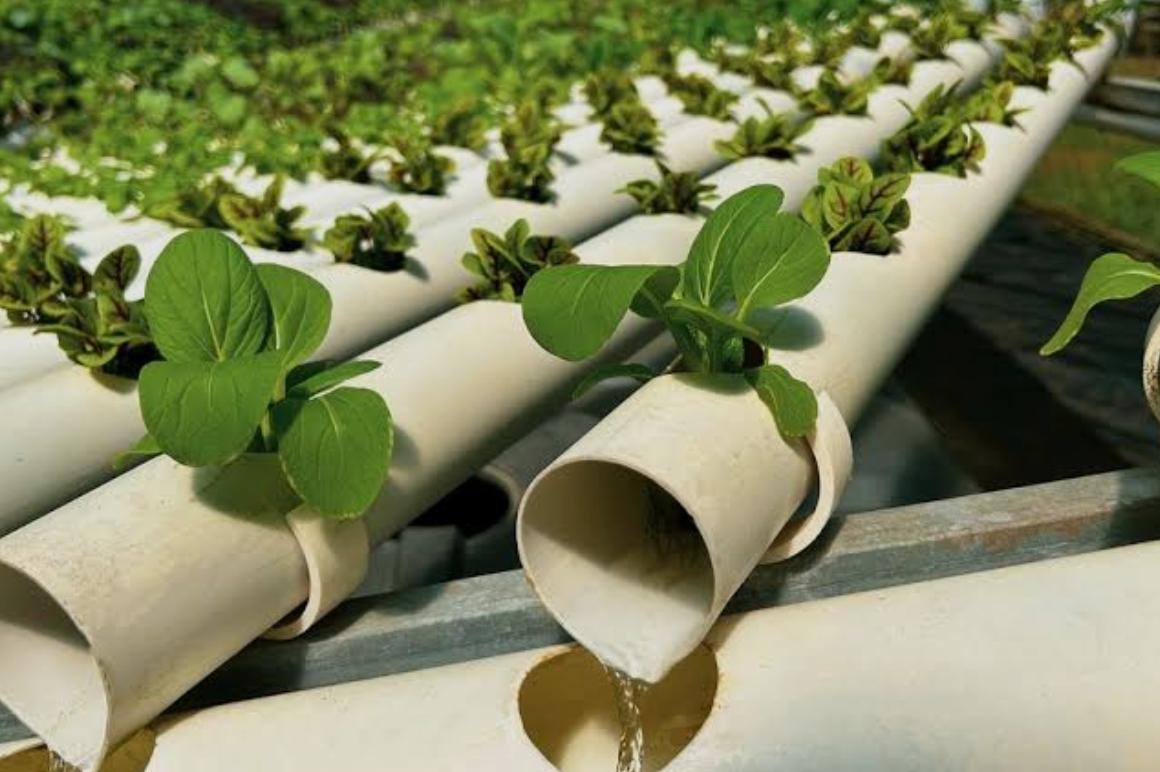Hydroponics is changing the way we grow food, offering a smarter, more sustainable alternative to traditional farming. Instead of planting crops in soil, hydroponics lets plants thrive in water enriched with nutrients. This method is a game-changer—using less water, requiring less space, and even allowing food to grow in places where farming isn’t possible, like urban rooftops or deserts.
One of the biggest advantages of hydroponics is its efficiency. Plants get exactly what they need, directly at their roots, so they grow faster and healthier. There’s no need to worry about soil-borne diseases or pests, meaning fewer chemicals and a cleaner growing process. Plus, hydroponics conserves up to 90% less water than traditional farming, making it a vital solution in drought-prone areas.
Of course, like any innovation, hydroponics comes with challenges. Setting up a system requires careful monitoring of nutrients and water levels, and the initial costs can be higher than conventional farming. But as technology advances, hydroponic systems are becoming more accessible, paving the way for a future where fresh, local food is available everywhere—without relying on large fields or unpredictable weather.
Hydroponics isn’t just science—it’s a vision for a greener, more sustainable world where food can be grown efficiently, no matter the location. Imagine a future where every community has access to fresh produce, all year round. That future is closer than we think.
🌿☘️🍅🫛
Thank You for Reading!..

